SPOCK looks into the future — and sees which distant worlds will survive.
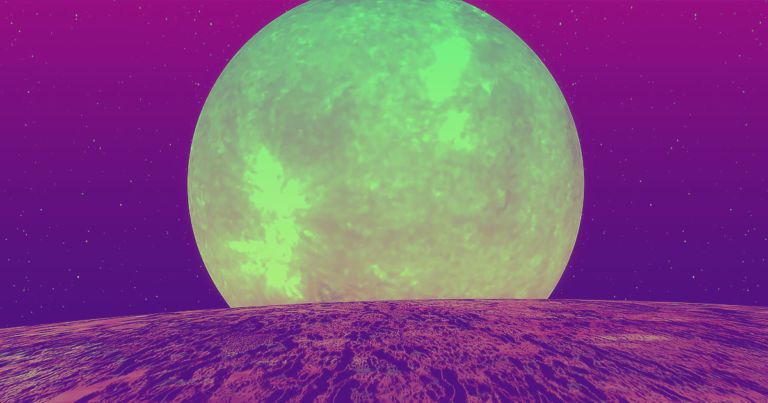

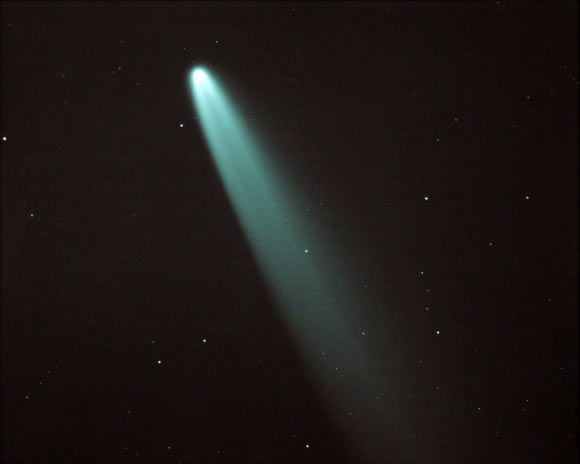
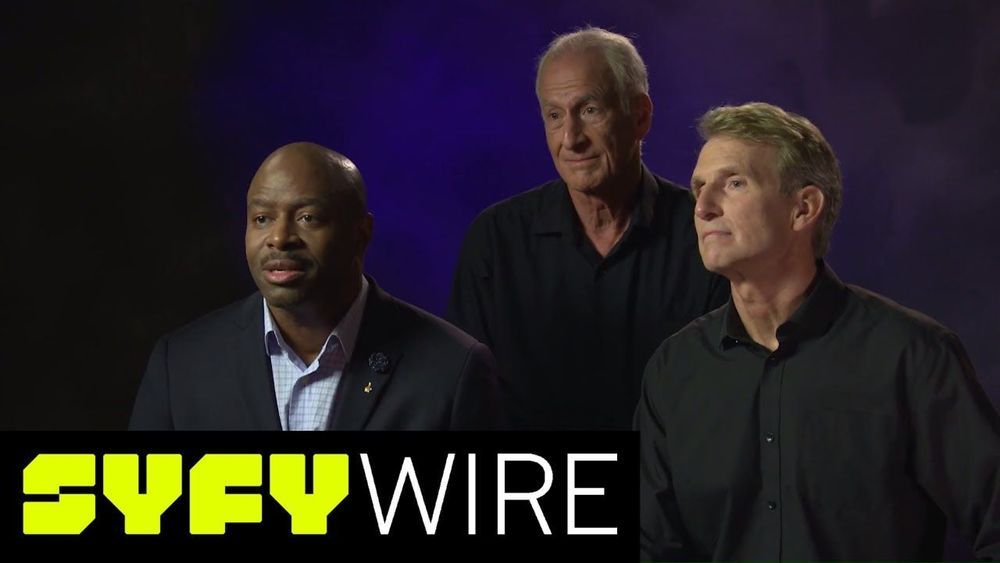
What is more powerful than suction cup and even a vacuum pump, but was not invented by humans?
Answer: a gecko’s foot. NASA has decided to copy the lizard’s incredible gripping technology, which relies on electrostatic attractions, in its Gecko Gripper robot. This is not coming from an internet troll trying to sell car insurance. The space agency partnered with OnRobot, which specializes in finger-like robotic grippers, to create a device that can (so far) lift 14 pounds. The radiation-resistant pads could literally mean a huge step forward for getting around in space.
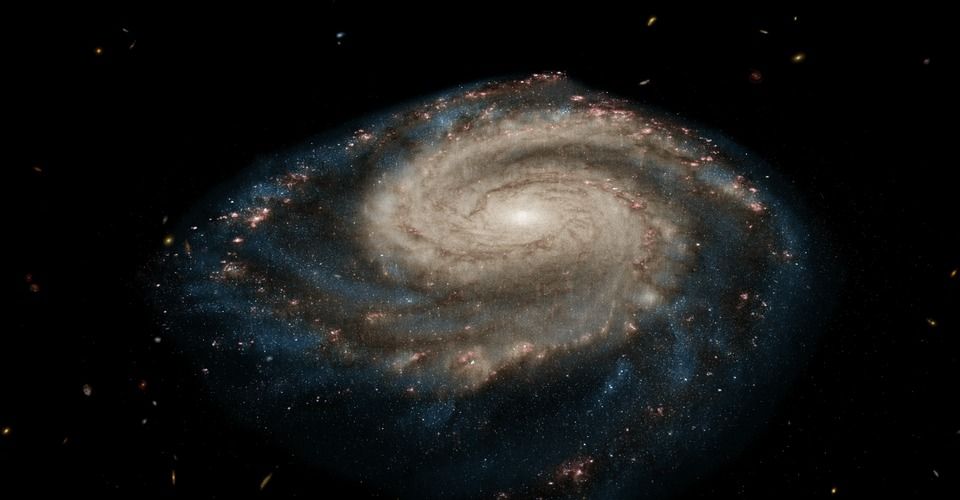
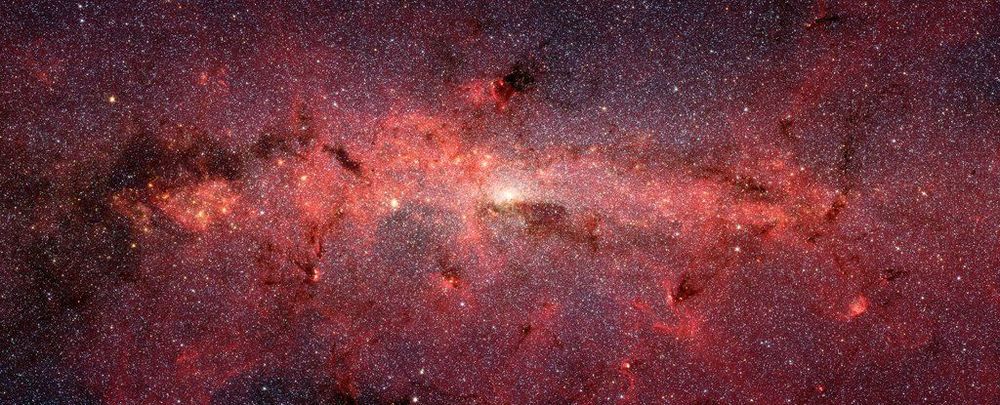
The center of our very own galaxy might be one of the Universe’s most mysterious places. Astronomers have to probe through thick dust to see what’s going on there.
All that dust makes life difficult for astronomers who are trying to understand all the radiation in the center of the Milky Way, and what exactly its source is.
A new study based on 20 years of data – and a hydrogen bubble where there shouldn’t be one – is helping astronomers understand all that energy.
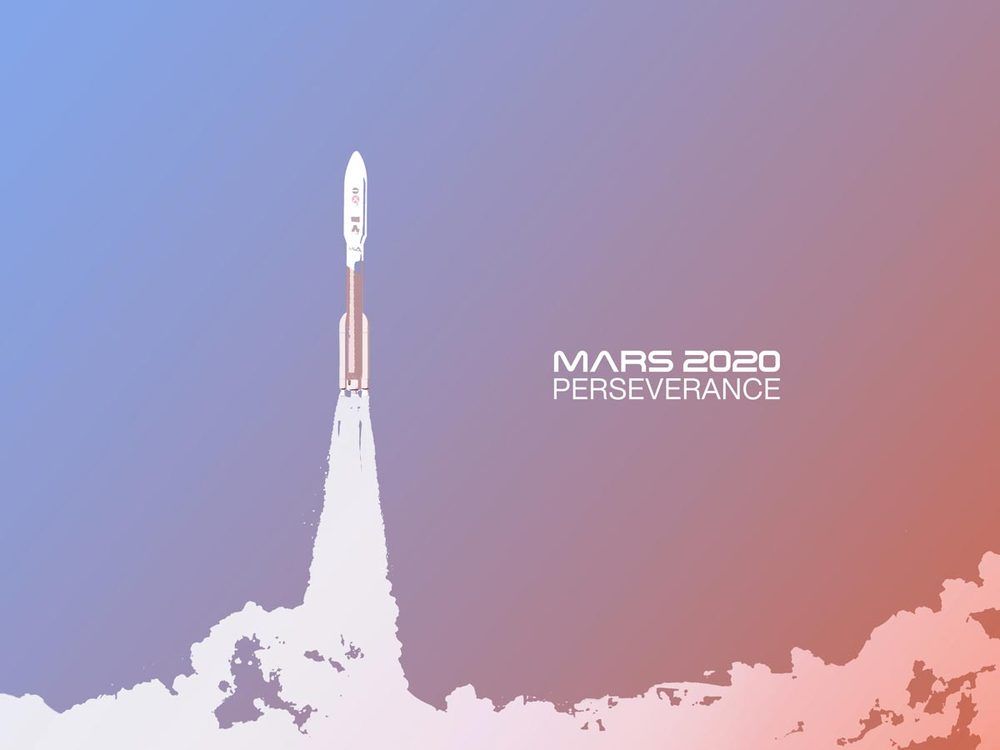
Team with NASA to send off the Perseverance rover to Mars — from the convenience of your own home. The mission launches from Cape Canaveral, Florida, this summer, and you’re invited to participate remotely — with a global, collective launch countdown where you can submit your own videos, take a photo on Mars or next to the rover, dive into an interactive launch packet, and sign up to send your name to Mars on a future space mission.
After a seven-month journey to the Red Planet, the rover will land in Jezero Crater, an ancient lakebed with intriguing geology. In its search for astrobiological evidence of ancient microbial life, Perseverance will gather rock and soil samples there for future return to Earth. It will also characterize the planet’s climate and geology and pave the way for human exploration of the Red Planet.
In addition, Perseverance carries the Ingenuity Mars Helicopter, a technology demonstration that marks the first attempt at powered, controlled flight on another planet.
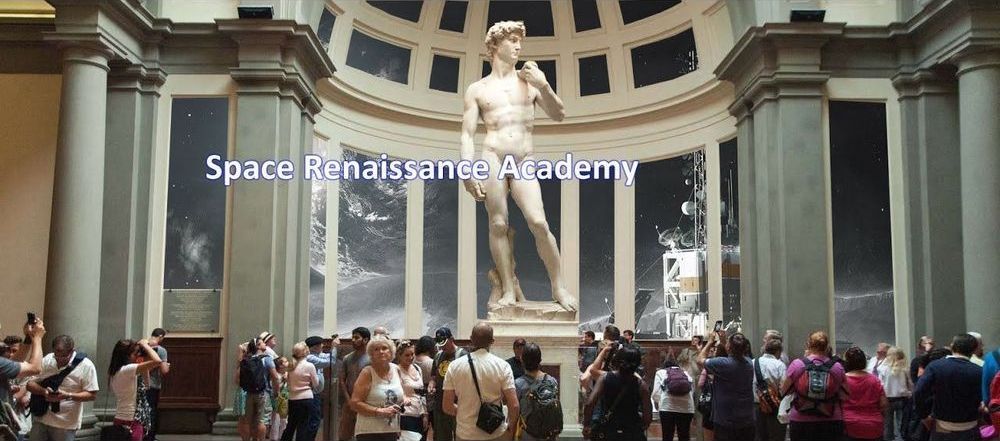
The Space Renaissance Academy kicked-off a very ambitious initiative: to build the greatest planetary mentorship programme.
The programme is made by two main parts:
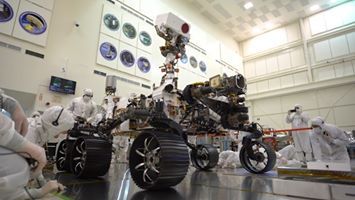
This week:
🚀 Our NASA’s Perseverance Mars Rover gets closer to launch ☄️ Comet NEOWISE spotted from the International Space Station 🛰️ Building a spacecraft to explore a metal-rich asteroid.
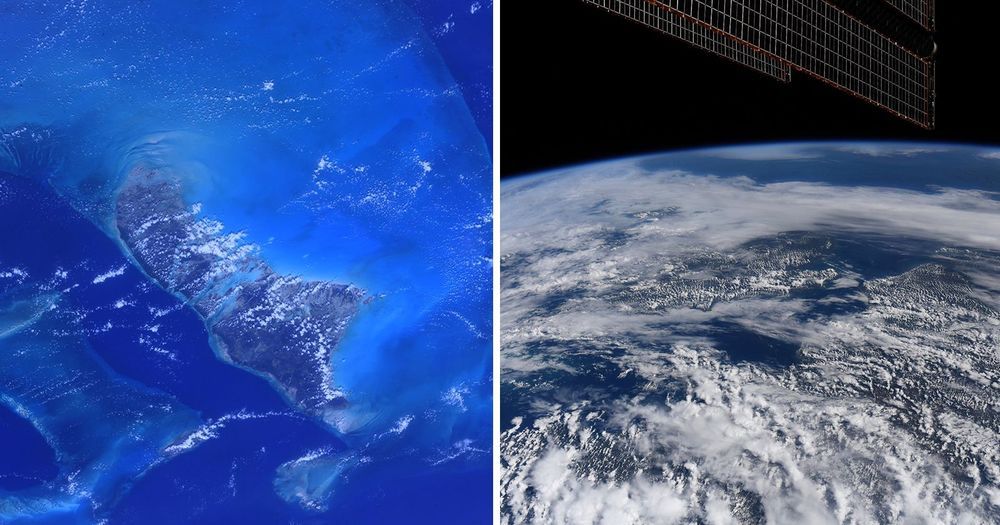
Yesterday, the official Twitter account of the International Space Station posted a short video interview in which NASA astronaut Doug Hurley explains what it’s like to try and capture the beauty of Earth from 250 miles above.
It’s a short video, but Col. Hurley tries to describe the feeling of looking down at the Earth from the edge of space, passing over recognizable landmarks and marveling at the beauty of it all—then trying your best to convey that feeling in every photo.
“Personally, it’s just trying to convey to as many people as we can … just what we see with our eyes when we look out the window up here. And how different it is to view the Earth from space than it is to be standing on the ground somewhere,” says Hurley. “[We’re] just trying to convey that it’s just an emotional response that you have when you look down at the planet.”
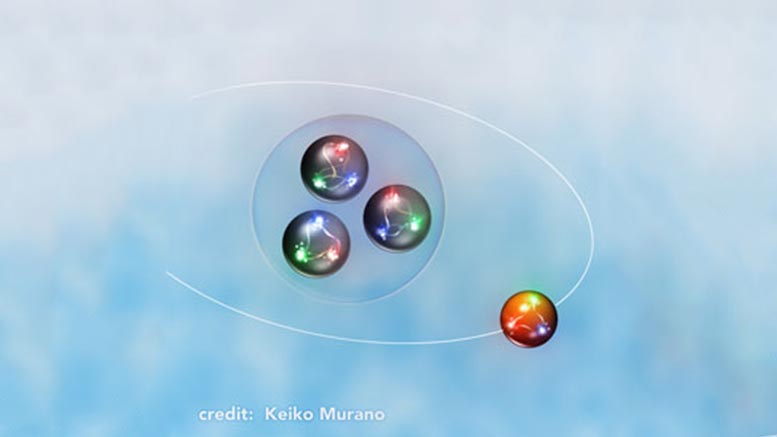
Calculations predict that a light ‘hypernucleus’ containing a particle with two strange quarks will be stable
Adding an exotic particle known as a Xi hyperon to a helium nucleus with three nucleons could produce a nucleus that is temporarily stable, calculations by RIKEN nuclear physicists have predicted. This result will help experimentalists search for the nucleus and provide insights into both nuclear physics and the structure of neutron stars.
Normal atomic nuclei consist of protons and neutrons, which are collectively known as nucleons. Each proton and neutron in turn is made up of three quarks. Quarks come in six types: up, down, strange, charm, bottom and top. But protons and neutrons consist only of up and down quarks.